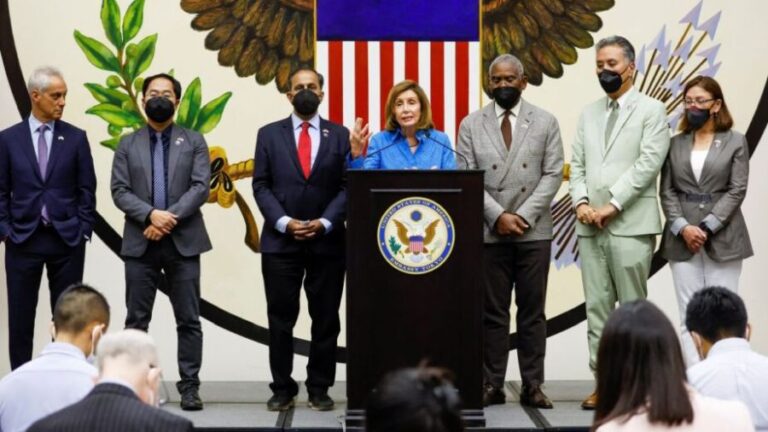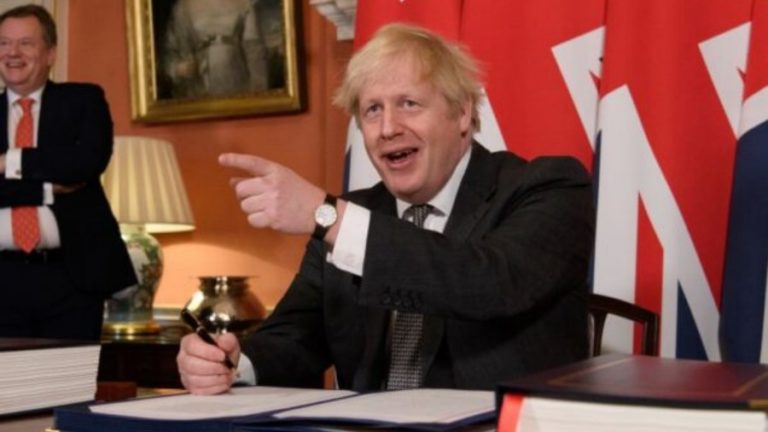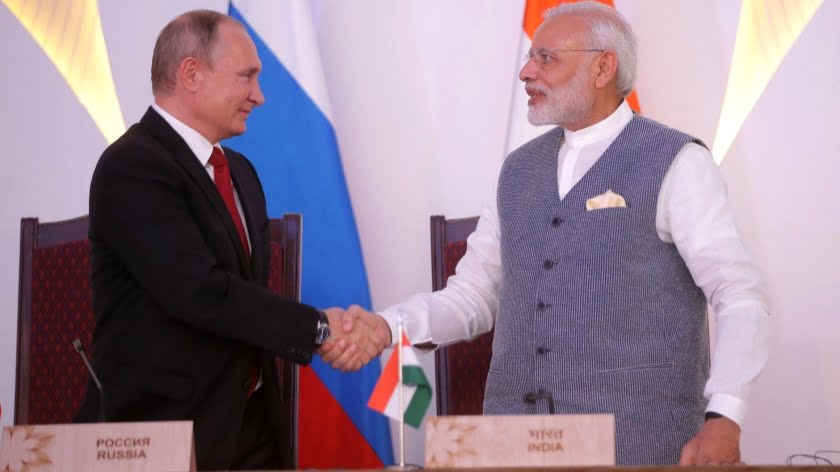The Japanese Prime Minister Tours the Persian Gulf States to Discuss Decarbonization
From July 16 – 18 this year, the Japanese Prime Minister Fumio Kishida traveled to three of the Arab Gulf states – the Kingdom of Saudi Arabia, the UAE and Kuwait. It was his first trip to the region – which is of growing strategic importance to all the major participants in the current stage of the great game of global geopolitics – since he took up office in autumn 2021.
Despite all the talk about the need to replace the current “carbon-based” economy, which is dependent on the burning of hydrocarbon fuels, with a so-called “green” economy, the main global powers are as interested as ever in securing political influence in the Gulf region, one of the world’s main suppliers of fossil fuels. As commentators on the tour have noted, Saudi Arabia and the UAE account for almost 80% of Japan’s hydrocarbon imports. Another 10% comes from other countries in the region. And the main focus of Fumio Kishida’s trip was the question of how to maintain a reliable access to hydrocarbon supplies (“both in the medium and in the long term”).
The “offering” that the Japanese Prime Minister brought with him to use in his political negotiations also with his hosts also raised a few eyebrows. Apparently, in the negotiations Japan’s offered to make available its innovative “decarbonization technologies” used in manufacturing processes. However, there appears to be some misunderstanding about the hydrocarbon-supplying countries’ long-standing wish to reduce their economies’ almost total dependence on hydrocarbon sales.
In reality, their main concern has always to develop modern production facilities in order to manufacture more competitive products, rather than to decarbonize their manufacturing technologies. After all, today the vast majority of hydrocarbons are burned (and the resulting greenhouse gases are emitted) far away from the producing countries. So the actual producers have almost no decarbonization to do.
This same subject is heavily promoted by the international “Green” movement, which feeds on the (apparently proven) fact that global atmospheric temperatures have been increasing in recent years. However, the (supposedly) dominant role played by various types of human activity, including the farming of livestock, in this negative process is demonstrated by mathematical models of uncertain origin.
It looks as if the “decarbonization problem” is being promoted in the modern media and political arenas by the same voices that are behind the concept of the “new normal” and its “below the belt” values. Moreover, the promotion of both these agendas has accelerated dramatically since the accession of the current Democratic administration in the US, which is acting through its agents in Europe and Japan. In fact, both these issues, if implemented, could result in catastrophic consequences for the world’s human population.
However, in reality it appears that the Japanese Prime Minister’s focus on the issue of decarbonization during his talks with his counterparts in the countries he visited was actually just a cover, and that the true object of his trip to the Gulf States was rather different. That object was entirely related to the factor referred to above – namely the ever-intensifying struggle for favorable positions in the region. Not just economic benefits, but also political ones, – the two generally going hand in hand.
Beijing, which is now Tokyo’s main geopolitical rival, has recently been successful in mediating between Iran and Saudi Araba, which had for decades seemed to be irreconcilable antagonists, and this achievement has significantly boosted its status throughout the wider Middle East region. And Beijing’s is equally involved in the region’s economy. In June this year, the Chinese state-owned company CNCP signed a second long-term ( 27- year) contract with QatarEnergy, under which it will purchase 4 million cubic meters of liquefied natural gas a year.
Tokyo felt that it was ““ceding its position in the region to China” and needed to take urgent steps to make its presence felt in the Middle East, a process originally begun by the dynamic Shinzo Abe, one of modern Japan’s most notable leaders, during his first term (2006-2007). Shinzo Abe’s last trip to the Arab Gulf States took place in January 2020, six months before the end of his second term as Prime Minister.
In the three and a half years following that trip, Shinzo Abe’s successors did not visit the Gulf States of the wider Middle East. So, the various developments in the region during that period took place with no obvious involvement on the part of Japan. And while it is true that Tokyo has many problems requiring its continuous attention in its “local” region of Northeast Asia, it cannot afford to neglect countries that are much further afield, especially its main hydrocarbon suppliers.
The goal of Fumio Kishida’s recent trip was to fill this “gap” in Japan’s foreign policy activities. In terms of both geography and subject matter, his trip took in much the same territory as Shinzo Abe’s trip back in 2020. Only the last stopping point on the itinerary was different: three and a half years ago it was Oman, while this year it was Qatar. In view of the range of bilateral documents signed in each of the three countries visited, it is safe to say that Japan has now resumed the process of making its presence felt in what is, as already noted, an extremely important region.
In fact, the word “resumption” is actually used in the most significant of those documents (at least in the present author’s view), namely the Joint Statement of the plenipotentiary representatives of Japan and the Gulf Cooperation Council, which consists of six Arab Persian Gulf states. Thus, the signatories of the Joint Statement include three countries which the Japanese delegation headed by Fumio Kishida did not visit on their recent trip.
The main focus of this document is on the planned launch (in 2024) of negotiations to conclude a Free Trade Agreement between Japan and all six member countries of the Gulf Cooperation Council. It should be noted that this issue was first raised 15 years ago by Shinzo Abe and, and this appears to be the reason for the use of the word “resumption” in the text.
Finally, it is worth drawing attention to the fact that Japan’s new and wide ranging involvement in the Persian Gulf region is not limited to the economic sphere, and it is by no means localized or limited in geographical scope. In fact, it is just one of a number of recent initiatives in Tokyo’s foreign policy, with the region serving as a link in a chain of more or less interconnected political and geographical zones. These include Northeast Asia, Taiwan, Southeast Asia, India, the wider Middle East – which includes the Persian Gulf -, Africa and Europe.
In March this year Fumio Kishida visited India, then made a brief trip to Europe, and then a month later visited a number of African countries. And, as we have seen, his most recent foreign policy activity has focused on the Persian Gulf. And other members of his administration have been equally active. Most notably, the Foreign Minister, Yoshimasa Hayashi, visited a number of countries in Asia (including India) and Africa.
As noted above, one of the main reasons for Japan’s renewed international activity in many different regions is the “Chinese factor”.







